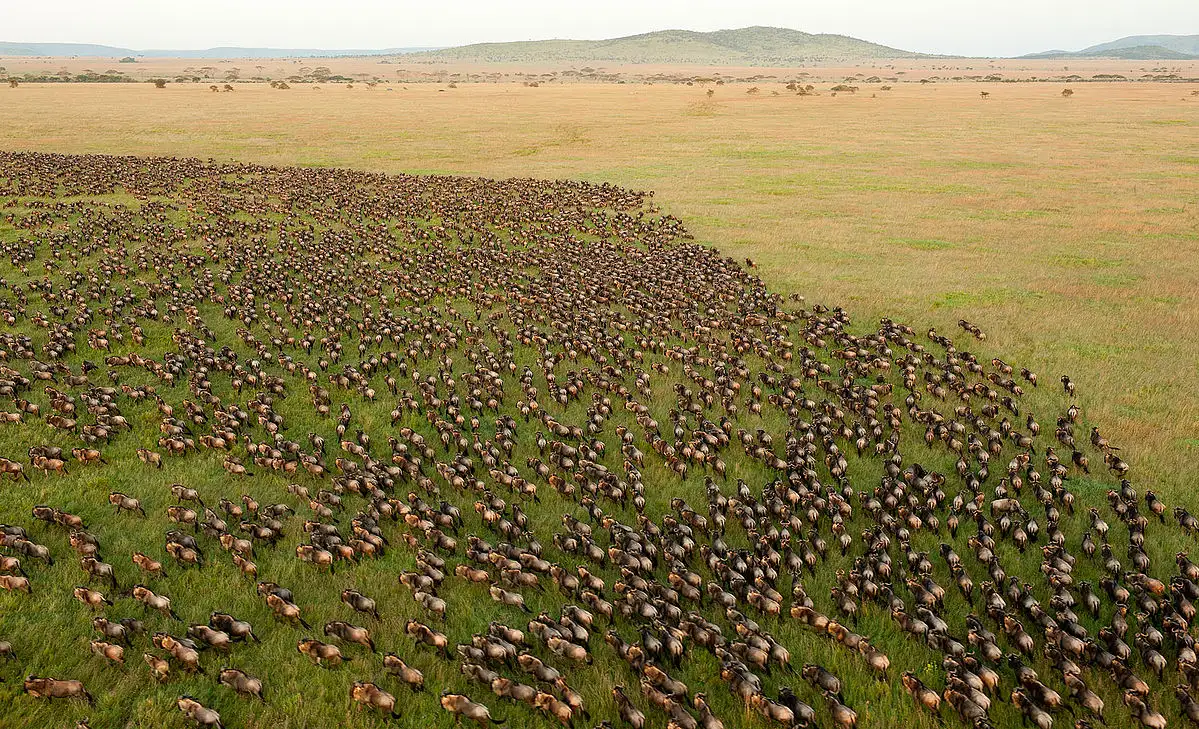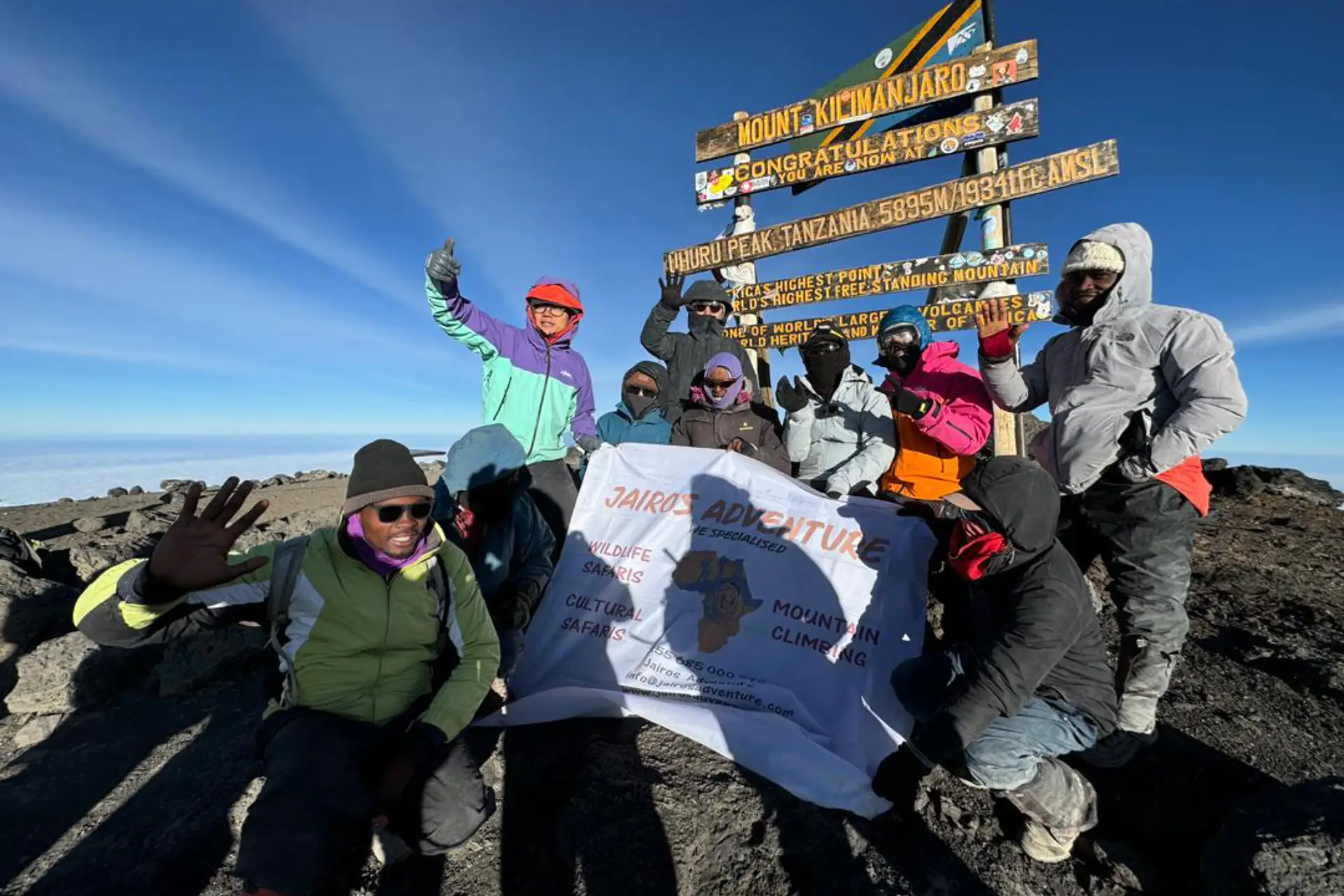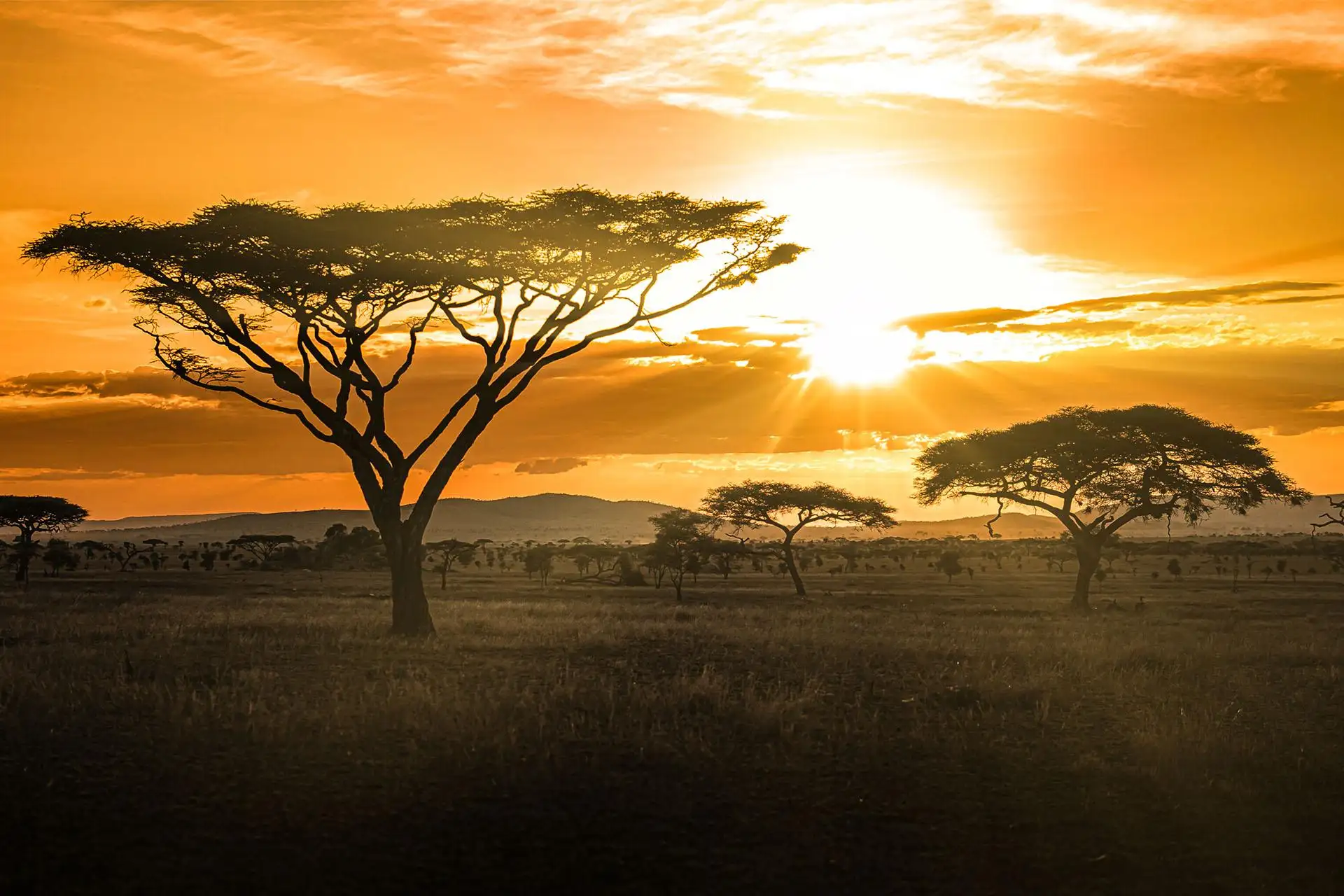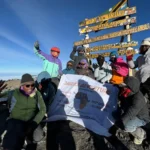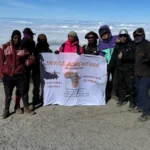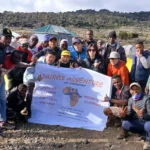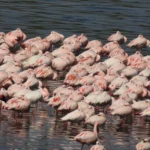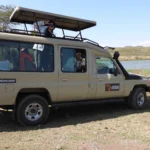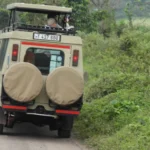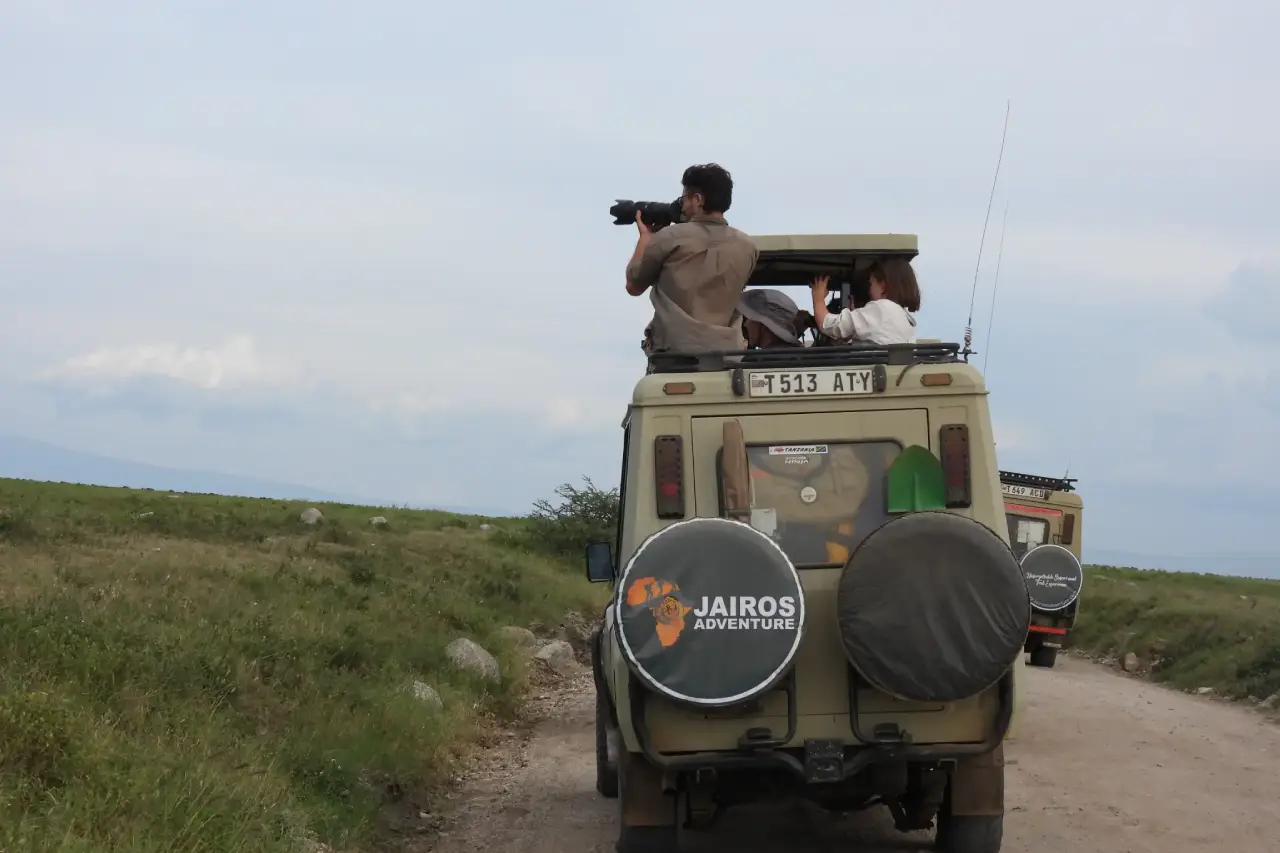
Photography in Tanzania
Capturing the Beauty of Tanzania: A Photographer’s Paradise
Tanzania is a dream destination for photographers, offering a diverse range of landscapes, wildlife, and cultural experiences. From the iconic plains of the Serengeti to the towering peaks of Mount Kilimanjaro, and from the rich traditions of its people to the azure waters of Zanzibar, Tanzania presents endless opportunities for capturing breathtaking moments.
1. Wildlife Photography in Tanzania
Tanzania is home to some of the most renowned wildlife reserves in the world, including the Serengeti National Park, Ngorongoro Crater, and Selous Game Reserve. These locations provide unparalleled opportunities to photograph the “Big Five” (lion, elephant, buffalo, leopard, and rhinoceros) along with a variety of other species. The Great Migration, which sees millions of wildebeest and zebras crossing the Serengeti, is a must-see event for wildlife photographers. Early mornings and late afternoons offer the best lighting conditions for capturing stunning shots of animals in their natural habitat.
2. Landscape Photography
Tanzania’s diverse landscapes are a haven for landscape photographers. Mount Kilimanjaro, Africa’s highest peak, offers dramatic views and opportunities for both ground-level and aerial photography. The Ngorongoro Crater, with its unique ecosystem, provides a stunning backdrop for wide-angle shots. For coastal scenery, Zanzibar’s pristine beaches and coral reefs are perfect for capturing tranquil seascapes. The vast savannahs, lush rainforests, and striking volcanic formations across the country add to the diversity of photographic opportunities.
3. Cultural Photography
With over 120 ethnic groups, Tanzania boasts a rich cultural heritage. Photographers can immerse themselves in the vibrant Maasai traditions, capturing images of their colorful attire, intricate beadwork, and traditional ceremonies. Visiting local markets, villages, and festivals like the Mwaka Kogwa in Zanzibar or the Serengeti Cultural Festival provides authentic opportunities to document Tanzania’s cultural diversity. Respect and sensitivity towards local customs are essential when engaging in cultural photography.
4. Underwater Photography
Zanzibar and the Mafia Archipelago are renowned for their crystal-clear waters and abundant marine life, making them ideal for underwater photography. From vibrant coral reefs to schools of tropical fish, sea turtles, and even whale sharks, photographers can explore an underwater world teeming with life. The calm, shallow waters of these regions are particularly suitable for beginners in underwater photography.
5. Tips for Photographers in Tanzania
- Gear Preparation: Carry versatile lenses, such as telephoto for wildlife and wide-angle for landscapes. A sturdy tripod and a polarizing filter can enhance your shots.
- Timing: Early mornings and late afternoons, known as the golden hours, provide the best natural lighting for photography.
- Permits and Guidelines: Ensure you have the necessary permits for specific parks and follow the guidelines to avoid disturbing wildlife or the environment.
- Engage Locally: Hiring a local guide can enhance your experience, as they have intimate knowledge of the best spots and can facilitate interactions with local communities.
6. Best Time for Photography
The dry season, from June to October, is ideal for wildlife photography as animals gather around water sources. The Great Migration typically occurs between June and September. For lush green landscapes and dramatic skies, the wet season (November to May) offers unique photographic opportunities, though access to some areas may be challenging.
Why Tanzania for Photography?
Tanzania is more than just a destination; it’s a canvas of natural and cultural beauty. Whether you are a professional photographer or an enthusiast, the country’s unparalleled biodiversity, stunning scenery, and vibrant culture provide endless inspiration. Each shot tells a story of the harmony between nature and humanity, leaving photographers with unforgettable memories and remarkable images.
Planning Your Photography Adventure
To make the most of your photography trip, plan ahead by researching locations, seasons, and necessary permits. Work with reputable tour operators who specialize in photography safaris to ensure a seamless experience. Above all, approach your craft with patience and respect for Tanzania’s incredible heritage, and you’re guaranteed to capture moments that last a lifetime.




